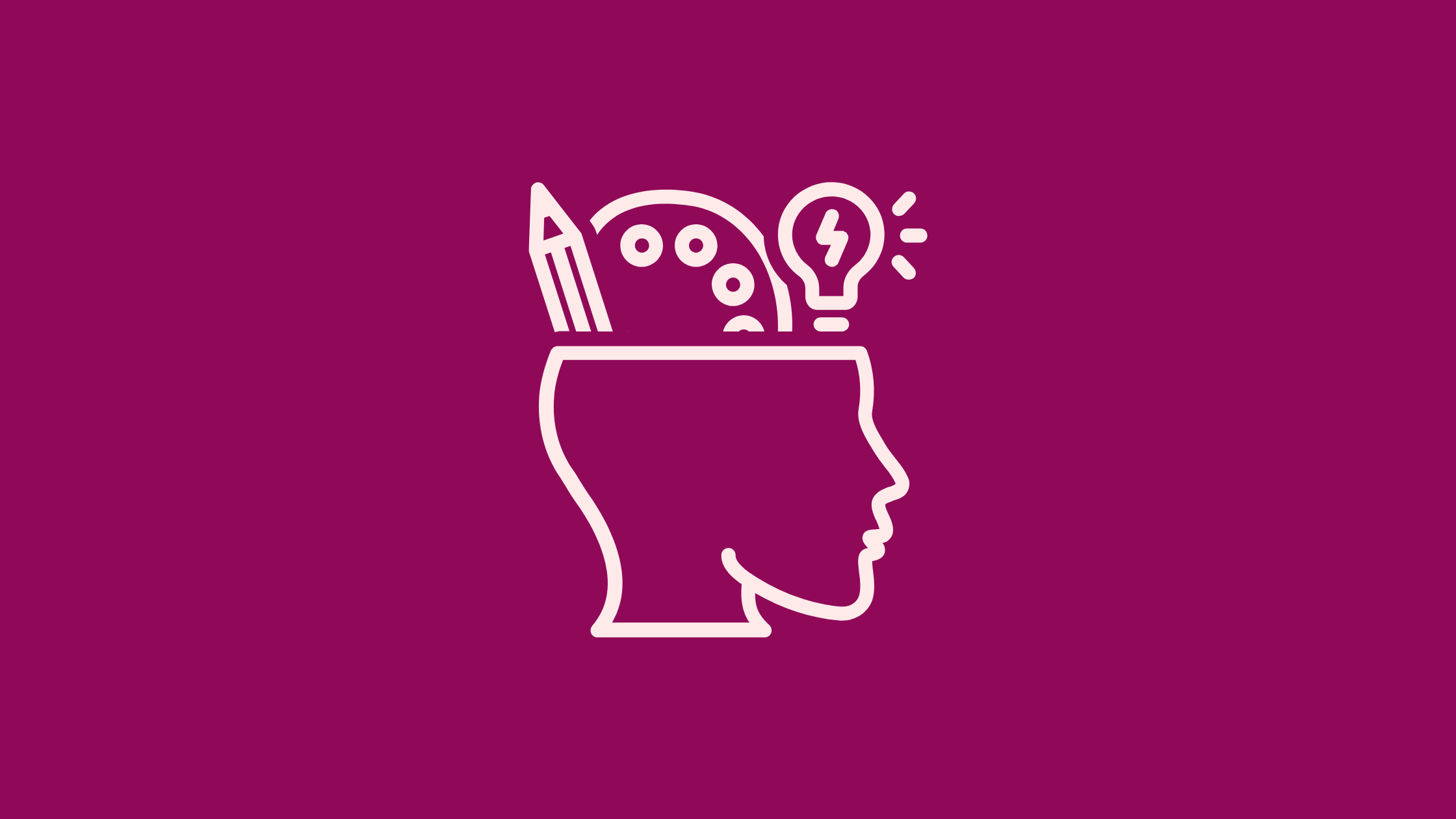
Webinar: How Does the Federal Budget Approach Digital Nation-Building?


Farwa Farshori

Thomas Hoy

Neil Mispelaar
June 17, 2021
The Code for Canada fellowship program is no longer active. To learn more, visit our fellowship yearbook.
Holo is the product of a Speculative Design Sprint hosted by Team TOAD (Totally Onboard to Advance Digital) with the Digital Experience and Client Data (DECD) team at Employment and Social Development Canada (ESDC).
Employment and Social Development Canada works to improve the standard of living and quality of life for residents by promoting a labour force that is highly skilled. ESDC is also responsible for offering benefits such as Unemployment Insurance and Canadian Pension Plan.
Team TOAD is a Code for Canada Fellowship team that works to innovate government processes from the inside. We are a team of three members: a product manager, Farwa Farshori; a UX designer, Thomas Hoy; and a developer, Neil Misepelaar. Team TOAD started working with DECD in November 2020. Our aim is to help the DECD team with their digital transformation efforts in delivering benefits to Canadians.
Team TOAD was tasked with reimagining what delivering good benefits could look like through a Virtual Concierge. A Virtual concierge is a digital medium that helps guide Canadian residents through complexity as they interact with ESDC services. It could come in many forms (voice first services, chatbots, etc) and could have many uses (such as providing information, guiding people through applications etc.) The challenge for our team was to find a solution that would create maximum impact through iterative means.
As public institutions react to the problems of the day, they also need to be visionaries, shaping a better society for the people they serve. To design for a better future, we need processes to allow us to explore new possibilities. We turned to Speculative design — an approach to help us understand which concepts Canadian residents would be most excited by when speaking of the future.
Speculative design is an approach defined by Anthony Dunne and Fiona Raby — founders of Dunne & Raby, a famous London-based design studio established in 1994. Dunne and Raby recognized that product design in the 90’s had a capitalistic focus. Products were being designed to produce profits, but without understanding the consequences a product could have on society and ecosystems at large.
In contrast, Speculative design encourages value-driven designing that helps users understand the impact of products through a futuristic lens. It creates a design space that encourages imagination and pushes product teams to understand what good and bad products can look like in the future.
Where UX traditionally begins its explorations in the “problem space,” Speculative design looks at forecasting trends and value-based systems (also known as probable and preferable future) to start as a place of design. We call the intersection of a probable and preferable future the Protopia. The Protopia is not quite a utopia, but it is a space where current-day constraints such as policies or regulations are removed so we can begin designing with a vision.
Speculative design is an approach with guiding principles, but no defined process. Team TOAD needed a participatory design process that would yield a user-tested prototype.
We combined the sprint techniques of acclaimed writer Jake Knapp—from his book, Sprint: How To Solve Big Problems And Test New Ideas In Just Five Days—with the Speculative design approach proposed by Nadia Piet, a designer and researcher focused on digital culture.
The result? A 16-hour process (2 hrs/day over 8 days) called the Speculative Design Sprint. We developed a process that would not only allow us to explore future possibilities, but also to determine if this future vision was indeed what our clients would be excited to use.
We recruited nine participants across five teams in the Digital Experience and Client Data workstream to get various perspectives in order to build our future Virtual Concierge.
We began the process by hopping ahead 50 years in the future, to the “hyper-digital age”. We imagine the hyper-digital age to be the result of great innovation and progression. It surpasses the capabilities of the digital age, and creates a world where technology is now embedded within every aspect of a Canadian resident’s life.
It is important to take the time to set the stage and create an environment that allows the participant to think innovatively. As a part of this process we developed and introduced the persona of Bob, the seasonal hoverbus driver.
The challenge for our participants was simple - What does supporting and guiding Bob through the hyperdigital channel look like? The Hyperdigital channel is the digital platform through which Canadians can access governmental services.
We began our eight day sprint by asking “What if” statements. “What if” statements encourage participants to ideate and imagine what good services can look like. The ideas from the What-if statements are then used to start solutioning and designing on paper.
After sketching a few potential designs, we solicited feedback from policy experts. The feedback helps determine which design to start prototyping. Once a design is chosen, focus turns to understanding the user experience which is then validated through user testing.
Through this process we were able to collaborate and develop a medium fidelity prototype of a hologram that would guide Bob through the hyperdigital channel. We conducted user testing sessions with six volunteers who all fit “Bob’s persona”; people who identified as male, were aged 30-35 and were seasonal workers.
After user testing our hologram, we learned that users appreciated the ease provided in accessing services and enjoyed interacting with a digital interface that was personable and friendly. Some users did have privacy concerns, reminding the sprint participants how imperative it is to build trust with residents.
The findings from the Speculative design process gave us insight to understand user needs. It informs the work we’re now doing on our “Virtual Concierge pilot”. It also has given us new avenues to consider beyond development of software and technology such as policy implications. For example, more than half the participants chose working vacation as their first choice to explore as a seasonal worker. This allows us to explore the question “what if working visas were more readily available for seasonal workers to use. Would they take advantage of it?”
Working with a cross-functional team allowed for a lot of creativity during the Speculative design sprint. Though we prototyped and tested one idea, we had many other ideas come out of this process to further test and explore.
So what are the benefits of a Speculative design sprint? Is team TOAD now building a hologram for Canadian citizens?
Not quite.
Speculative design embeds values-driven design into our processes. As product teams you need a clear vision for your product. We now have a validated design that instills values such as privacy or functionalities such as predictiveness into the product vision.
Digital transformation in government can be challenging. Having a common vision helps instill buy-in from executive stakeholders. This support can be integral to product development as digital transformation efforts go forward.
As we move into developing what the virtual concierge will look like in the near present, we can take our findings and user validated hypothesis to inform our product. We may not be building a holographic interface tomorrow, but we are one step closer to improving government services to reflect the needs of Canadians.
Ultimately, Speculative Design inspires the imagination, driving us towards innovative, values-based solutions.
End of articles list